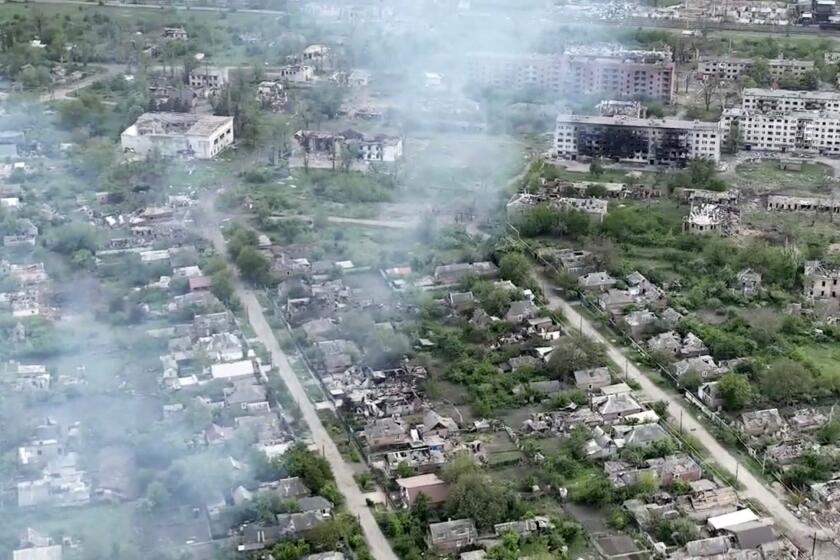Without words, speaking different languages
Min Byoung-chul, a professor at Konkuk University, was recently having lunch with some Chinese students. This time, it was the teacher who was taking notes.
The students were citing differences between Chinese and South Korean culture. Why, they asked, do Koreans look at them strangely when they lift their rice bowls to eat, or smoke in front of the elderly?
And why do Korean teachers get insulted when they hand in their papers using one hand instead of two? And hasn’t anyone told teachers that students from China would never bow like their Korean counterparts?
Japanese students voiced similar differences with Koreans. Why, for example, do South Koreans talk loudly on their cellphones in trains and buses, a practice that’s a social taboo back home?
Min has made an avocation out of cataloging such differences. He’s a cross-cultural interpreter whose terrain is the delicate, often undefined line where cultural mannerisms clash.
Over the years, the 59-year-old educator and his team of researchers have queried people at airports, coffeehouses and classrooms in the U.S. and Asia about cultural faux pas committed by visiting foreigners.
Min has written three guides that, country by country, highlight the differences between American culture and the social customs in South Korea, China and Japan. He is researching a new book that will examine the differences among Asian cultures.
The time has come for such a book, he says, because the improved political and economic climate throughout northeast Asia has translated into more regional tourism and business travel.
South Koreans need to be ready, Min says.
“South Korea is becoming more diverse with more interracial marriages,” he said. “All cultures have their differences. And if Koreans can’t grasp those differences, they’re going to be in a lot of trouble.”
In 1993, Min published “Ugly Koreans, Ugly Americans,” examining customs that are often lost in translation across the Pacific Ocean. He co-wrote follow-ups, “Ugly Japanese, Ugly Americans” and “Ugly Chinese, Ugly Americans,” which further detail clashes between East and West.
His research, which has included studying and teaching in the U.S. and offering English-language classes on South Korean TV and radio, led Min to conclude that the language barrier is but one hurdle between cultures.
“A 70-year-old Korean man once reached over to rub my inner thigh as we talked in my office,” he said. “His gesture was meant to show, ‘I know you. I’m friendly. I’ve seen you on TV.’
“But I explained that as South Korea becomes more globalized, foreign visitors won’t understand. I advised him to stop doing that.”
The 2002 World Cup and the influx of English-language teachers here have brought more Westerners to South Korea, introducing additional opportunities for tension.
In South Korea, the hands-on culture condones body contact as an acceptable form of communication. Middle-aged women sometimes affectionately pick up and hug toddlers they encounter in public places.
Yet what Koreans will not customarily do, Min says, is apologize for slamming into someone or hold open a door for a person in a crowd. Rarely will they even acknowledge strangers in public.
Koreans, in turn, are baffled by the behavior of Americans and other Westerners. Why do many stick their hands in their pockets while talking, blast their car radios or refuse to stand when a boss approaches? they ask.
“The point of the books isn’t to blame one side or the other,” Min said, “but to help both sides view the other in a more open manner.”
Min, a bespectacled Seoul native whose father was an elementary school principal, took an early interest in the rough-hewn intersection of language and culture.
As a boy, he attended a church run by Australian missionaries — not to learn English or religion, but to eat the spaghetti served at dinner.
He later spent several years studying and teaching leadership and educational policy courses in Chicago, observing how Koreans were misjudged as unfriendly because they were too timid to speak English.
“I talked to one Korean student fired from a dishwashing job because he smiled at breaking a plate,” Min said. “The boss thought he didn’t take his mistake seriously. But Koreans often smile when they are embarrassed.”
The misunderstandings, he learned, go both ways.
Koreans consider direct eye contact with a superior disrespectful, whereas Americans view it as a form of sincerity. Most Americans prefer hearty handshakes and often consider less-gregarious Korean greetings as weak and effeminate.
Now the educator has asked his students to spread cultural awareness—in time for the onslaught of foreigners expected during the G-20 financial summit here in November.
Students will wage campaigns to persuade South Koreans to observe such etiquette as holding open the door for strangers and saying thank you.
But some cultural differences will be harder to bridge, Min said.
“Asians even eat at restaurants in different ways,” he said. “While a Korean will loudly complain about poor service or a hair in his soup, many Japanese would never dream of making such an outburst. They’ll just quietly endure, and never come back again.”
Ju-min Park of The Times’ Seoul Bureau contributed to this report.
More to Read
Start your day right
Sign up for Essential California for news, features and recommendations from the L.A. Times and beyond in your inbox six days a week.
You may occasionally receive promotional content from the Los Angeles Times.







